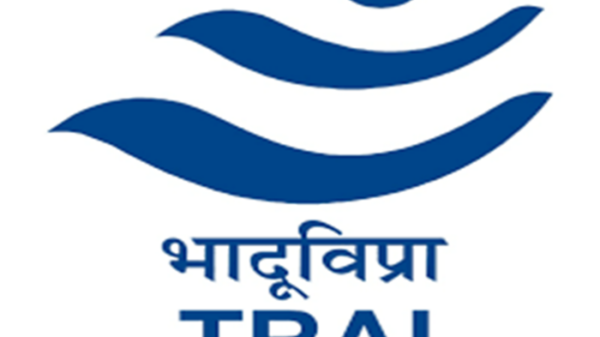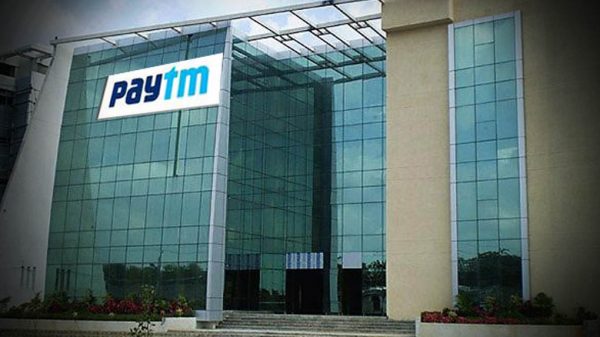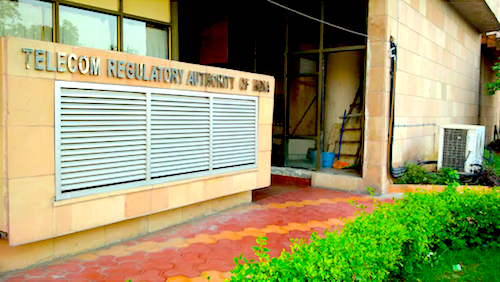The TRAI released its recommendations on Discriminatory Access yesterday, and also announced plans to issue a consultation on regulation of the Internet (apps and websites) later. Based on my (hundreds of) interactions with various people since the ruling, and their questions, here are some comments/observations:
1. Principles based regulation: This is a principles based regulation, and the TRAI has sought to extend the principles for non-discriminatory pricing it established in its Differential Pricing regulation to Differential Access as well. This is a better approach than a rules based regulation or a case-by-case approach, since it also impacts future policy-making, in terms of the philosophy towards Internet Access that the TRAI has adopted. Its future rulings/recommendations can be assessed based on this benchmark, and the DoT and can also be pushed to adopt the same principles.
2. Recommendations vs Regulation: The TRAI has chosen to make recommendations to the Department of Telecommunications, instead of issuing regulations under its own powers. This is tricky, because it will require amendments to license agreements (UL, VNO, CMTS, UASL) to be approved by the DoT. What I’m not sure of is whether license conditions can be amended for existing licensees. If that is possible, then this is great, because of two reasons: it hard-codes Net Neutrality rules into the license agreements that access service providers have to sign, and it negates the need for a separate Net Neutrality Law to be passed by Parliament.
At the same time, TRAI has kept open the option of it acting upon discrimination under the “TRAI Act, 1997, including on issues relating to quality of services, consumer protection, transparency, and monitoring of compliance.” It should have done this, but lets also not forget that the DoT asked it for its recommendations, not for a ruling.
3. DoT’s role: The DoT is not particularly transparent, and in the past, TRAI recommendations to the DoT have gotten stuck in a limbo: for example, the old VoIP recommendations from August 2008, here (pdf), as well as the MVNO recommendations from 2009. No timelines have been given by the TRAI for accepting these recommendations – perhaps they couldn’t – but the lack of a timeline lends itself to uncertainty.
4. Multi-stakeholder committee: Someone asked me whether such a committee can hold a statutory position. While terms and conditions have not been defined by the TRAI, it has essentially accepted something that NASSCOM was pushing for. They had done the same in case of the differential pricing regulation, wanting a greater say in the regulation process. I find it difficult to trust a multi-stakeholder committee or an organisation, over a regulator which can be held to higher governance standards, in terms of transparency, accountability, choice of participants, among other things. It is expected to be “led by industry” and include ISPs and TSPs, which is a problem by itself. We need an entity independent of TSPs and ISPs, and not led by industry. We need the TRAI to perform this role, with its own committee, led by TRAI officials, because they can be held to greater standards of accountability, and in general, they have been the most transparent of regulators in the past.
5. On CDNs: Content Delivery Networks have been kept out of the ambit of these regulations, but one concern I heard often yesterday – apart from questions about what content delivery networks are and how they operate – was whether they can be allowed to speed up or slow down access to content. The TRAI recommendation says that:
“The Authority is of the view that CDNs perform an important function in delivery of traffic on the Internet. They add efficiency to the network by reducing latency, mitigating congestion and freeing up network capacity for various other purposes. In doing so, CDNs serve to benefit not just the faster delivery of content housed on these networks but also other content that can travel faster due to freeing up of network capacity.”
“At the same time, the Authority also notes that there is a need for more transparency relating to the arrangements between TSPs and CDNs. Knowledge of such arrangements would be useful for gaining a proper understanding of the factors affecting the flow of traffic on the Internet, potential for anti-competitive practices and to monitor violations of the non-discrimination requirements by TSPs. The Authority may frame appropriate regulations to specify the disclosure and transparency requirements in this regard”
“Accordingly, the Authority recommends that CDNs should not be included within the scope of any restrictions on nondiscriminatory treatment, which are designed specifically to cover the providers of Internet Access Services.”
Now the fear is – and I heard this often – that telecom operators can operate their own CDNs and speed up that content. I don’t think this is a concern because CDNs have no direct link with the end user, and only reduce latency by re-routing traffic over a more efficient route. It doesn’t amount to allocating greater or lesser bandwidth to the service being delivered over the CDN.
6. Specialised services: The fear that the allowing the DoT to open up differential access to specialised services is completely unfounded, because the regulation says fairly clearly: “the Specialised Services are not usable or offered as a replacement for Internet Access Services; and the provision of the Specialised Services is not detrimental to the availability and overall quality of Internet Access Service.” So the DoT cannot create an exception for a messaging service, a video service, a news service, because these would end up being a means of evading the regulation. As the TRAI Chairman has reiterated: you cannot do indirectly what is not allowed directly.
However, where it gets tricky is in the definition of Specialised services. Two things here:
- Definition: ‘”Specialised services” shall mean services other than Internet Access Services that are optimised for specific content, protocols or user equipment, where the optimisation is necessary in order to meet specific quality of service requirements.’
- Categories of services: “The license agreement identifies the categories of services that can be offered by licensed service providers. This includes the provision of VoIP and IPTV services, which may also qualify as specialised services under the suggested definition.” This means that a telecom operator that is offering VoIP or IPTV services may be allowed to get differential access, and these might work faster than other competing services.
This is tricky, because a VoIP service from a telecom operator could be allowed as a category of service, but disallowed because it would be a replacement for Internet Access Service. What’s the right answer?
Additionally, the TRAI has added a regulatory burden on this enabling by saying that “Accordingly, the DoT may amend the license from time to time to specify the categories of services permitted to be carried out by licensed service providers. To the extent that such services are permitted under the license and also fall under the definition of specialised services, they would not be subject to the principles of nondiscriminatory treatment. While allowing for the provision of specialised services, service providers should ensure that they have adequate network capacity to offer the critical services in addition to the overall provision of Internet Access Services.”
7. Internet Of Things: IoT has not been treated as a specialised service, and that is a good move, but the TRAI has said that “Those critical IoT services, which may be identified by DoT as satisfying the definition of specialised services (as stated above), would be automatically excluded” from the restrictions on discriminatory access.
8. Lack of specificity on traffic management practices, but “transient”: While there is some concern about the lack of a detailed definition of traffic management processes, the regulation says that any such moves have to be “proportionate, transient and transparent”. The word transient here is important, as highlighted by Prof Vishal Misra of Columbia University yesterday: it means that any traffic management will not be over a long term, and hence offer to specific competitive advantage to any service. The TRAI could have strengthened this by saying that traffic management may be restricted to a category of service, instead of being service specific. So, for example, if at the toll booth in Gurgaon, a major choke-point where thousands of cars congregate during peak traffic-times, to maintain continuity of Internet access, a TSP might choose to momentarily slow down video streaming in that area. But it shouldn’t be able to slow down YouTube, while allowing, say, Airtel Movies to work.
(Will add more comments later)





























